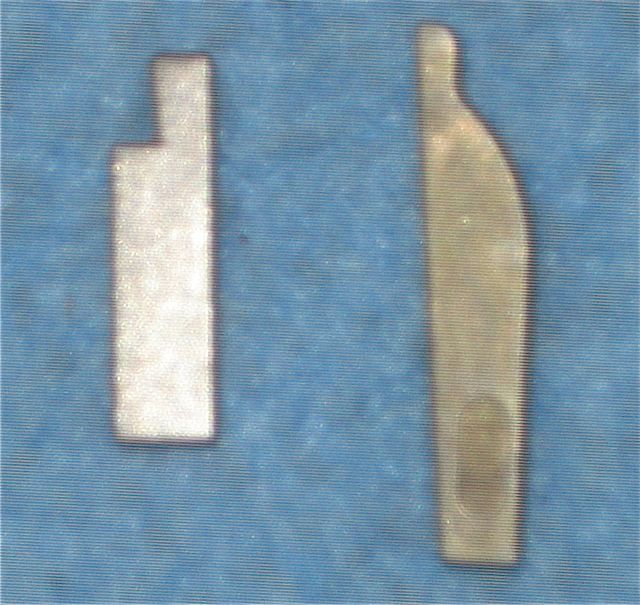Lawn Mower Timing
Lawn mower timing is rather unique in the small engine world, which poses some special challenges when troubleshooting an engine that refuses to start.
Have you ever accidentally run over something while mowing the lawn? If the object was small enough ( like a small doggie toy) one of two things happen:
1.The toy is thrown out from the mower.
2.The toy is ground up into very small pieces, and becomes what the Horticulturists like to describe as ‘mulch’.
If you are having a very bad day, and your mower blade strikes something that will not move, such as a large rock or a piece of pipe, the engine may stop rather abruptly. Since there is a great deal of momentum involved with an engine running at full speed, serious damage can result from the engine stopping too fast. The most common damage occurs to the crankshaft, which has a tendency to become permanently bent. This is bad news, because a bent crankshaft causes the engine to become unbalanced, and vibrate uncontrollably.
This can be very embarrassing, especially if the neighbors are around.
 To help prevent this problem from occurring, the flywheel is secured to the crankshaft by an aluminum key, known as the flywheel key. This is not like a key used to open a lock, but is rather a small rectangular piece of metal that goes between the corresponding grooves cut into the flywheel and crankshaft.
To help prevent this problem from occurring, the flywheel is secured to the crankshaft by an aluminum key, known as the flywheel key. This is not like a key used to open a lock, but is rather a small rectangular piece of metal that goes between the corresponding grooves cut into the flywheel and crankshaft.
The fact the key is made out of aluminum is important. If the key was made of steel, then the flywheel could never ‘slip’ on the crankshaft in cases where the engine stops suddenly. Because the flywheel key is made of aluminum, the key will shear (sometimes completely in half) if the engine stops too quickly. This absorbs some of the engine momentum, and can save the crankshaft from certain doom.
Interesting, you say, but how does this affect the lawn mower timing? Think back a moment. Remember how the piston is near top dead center when the spark plug fires? It is essential the magnets of the flywheel are aligned with the magneto coil at precisely this time.
If the flywheel key has been sheared, then the ignition timing is affected. The magnets will still pass by the ignition coil, but the spark will occur at the wrong time. The piston will not be at the correct position, and the engine will not start. The lawn mower timing has been affected!
You should suspect flywheel key problems if your engine will not start and:
Spark is seen when checked
The engine has good compression
Adequate fuel is entering the engine
Remember,a spark will be produced anytime the magnets pass by the magneto coil, especially if the engine has a solid state ignition system. If the flywheel key has been sheared in half ( or even partially sheared) the spark may occur when the piston is no where near the completion of the compression stroke. The result? Your lawnmower timing is off, and the engine refuses to start. Often, it seems the lawn mower engine suddenly has 'too much compression' with frequents and hard kick backs of the engine as the spark plug fires at the wrong time.
Thankfully, this very common problem is one that is easy to fix. The flywheel is removed, a new flywheel key is placed, and all works well once the proper lawn mower timing is restored.
Return to Troubleshooting From Lawn Mower Timing
Return to Home Page
 To help prevent this problem from occurring, the flywheel is secured to the crankshaft by an aluminum key, known as the flywheel key. This is not like a key used to open a lock, but is rather a small rectangular piece of metal that goes between the corresponding grooves cut into the flywheel and crankshaft.
To help prevent this problem from occurring, the flywheel is secured to the crankshaft by an aluminum key, known as the flywheel key. This is not like a key used to open a lock, but is rather a small rectangular piece of metal that goes between the corresponding grooves cut into the flywheel and crankshaft. 